The wind whistled through the hills and my face felt numb with cold. Prudence suggested I call it a day.
“How about we check out one more spot?” I said to my son. “Then we’ll go home and play.”
My son, 16 months at the time, didn’t offer a dissenting view. He seemed snug in his harness against my chest. And we were only a short 15-minute walk from home.
One more spot. My perpetual affliction: the need to make one last stop, to see what’s happening the next ridge over. Oftentimes, it’s worth it. As it was this day.
I huffed up the hill and as I crested saw tan blobs covering the opposite slope. They moved: not bushes. Not deer. Definitely not pronghorn.
Elk.
I’ve seen them here before, but they never seem any less improbable. Here. Minutes from my Boise neighborhood, my home. Large beasts, living among us. I creeped a bit closer for a better view. I sat down, lifting my son out of his harness.
“Look,” I whispered.
His eyes followed my hands, but he didn’t understand. Then an elk moved a few steps. My son grunted and pointed excitedly.
My son had slept most of the hike, as I searched for shed deer antlers on an uncharacteristically chilly late spring day. The mule deer had long since migrated to the high country, so I wasn’t expecting to be able to show him any hoofed creatures.
Now these elk commanded his full attention.
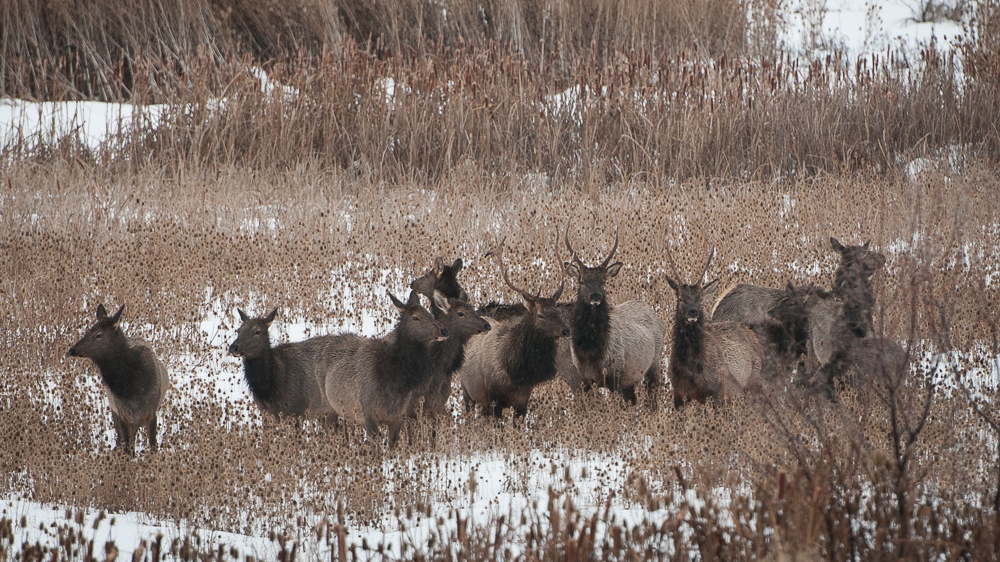
To share this experience, in this place, with my son? To have wild elk still living here? A range of words rushed through my head, but one kept popping up. Improbable. To look at history, at the long odds of elk and wild places still being here, and it’s improbable. All of it.
The Hall of Heads and Horns
I fear sometimes too many conservationists don’t know their history. It’s a rich story, full of characters and debates and astonishing episodes that changed the course of how we perceive the natural world. Many of those episodes in North America helped ensure that we still have elk today.
That full history can’t be covered in a blog, so I’ll focus on two moments: two moments far different in time and scale and people involved, but both integral to my son’s elk encounter.
The first story takes place in what may seem a peculiar locale for a seminal moment in conservation history to occur, at least by modern sensibilities. It was a facility specifically designed to conserve animals. The catch? The animals in it were all very much dead.
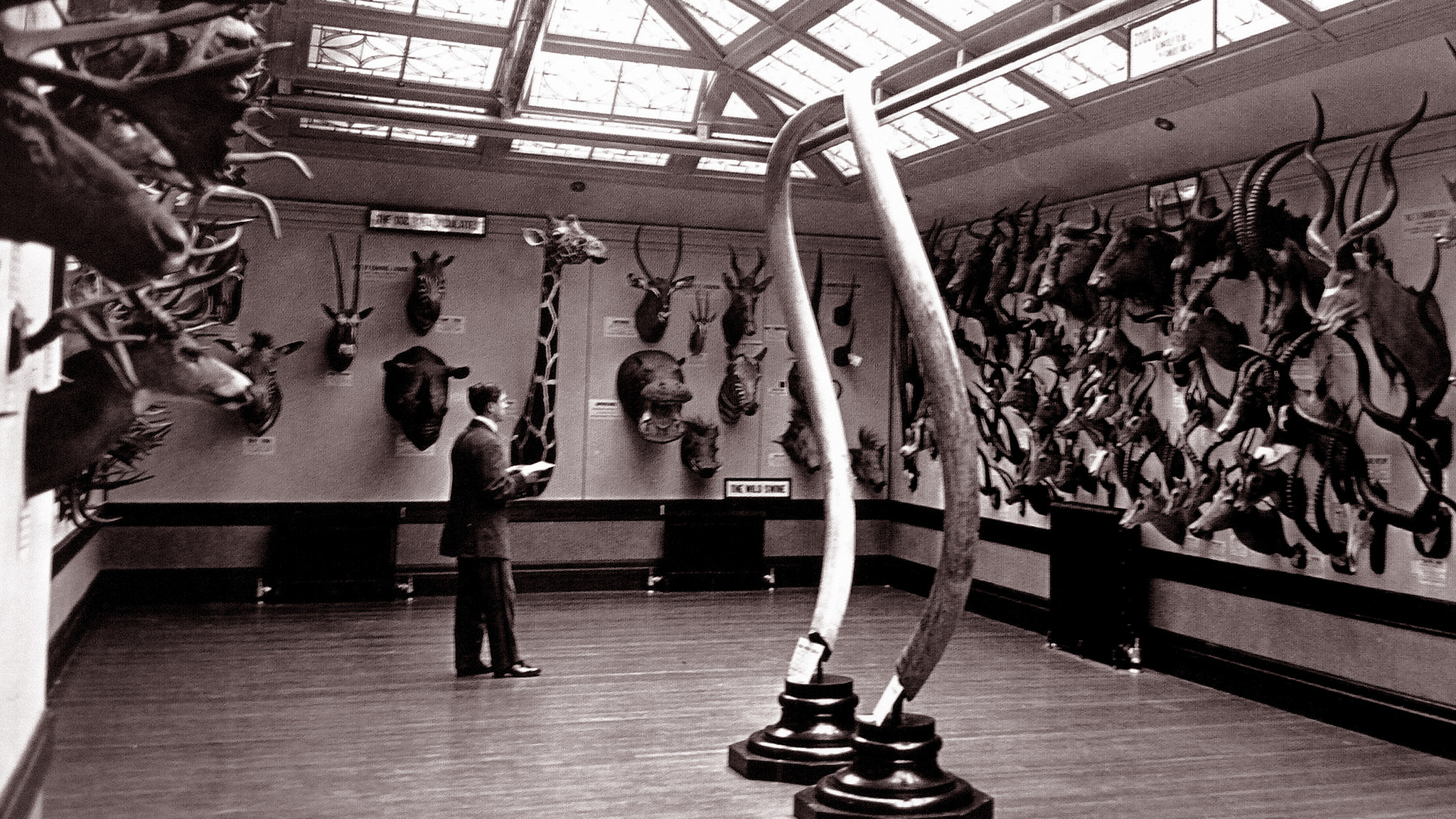
It was called the Hall of Heads and Horns, located in the New York Zoological Society’s Bronx Zoo. William T. Hornaday ran the zoo, and was also a member of the Boone and Crockett Club, a group of influential big game hunters concerned about the rapid loss of wildlife across the continent. Theodore Roosevelt would become the most famous member, but Boone and Crockett was like a “who’s who” of conservation at the time.
Things looked bleak for many wildlife species, to put it mildly. The estimated wild turkey population on the continent, for instance, was lower than the populations today of African elephants, orangutans or polar bears.
And it wasn’t just turkeys. Just about any game species appeared to be headed towards extinction. Pronghorn seemed doomed. Elk seemed doomed. Bison? They’d be gone in a few years, if that.
And so Hornaday and his fellow Boone and Crockett members conceived of one possible solution. Since large mammals had no hope, they would preserve them as taxidermy specimens, so that the public could see the animals that once roamed the mountains and prairies. The Hall of Heads and Horns would be a connection to the natural world that once existed.
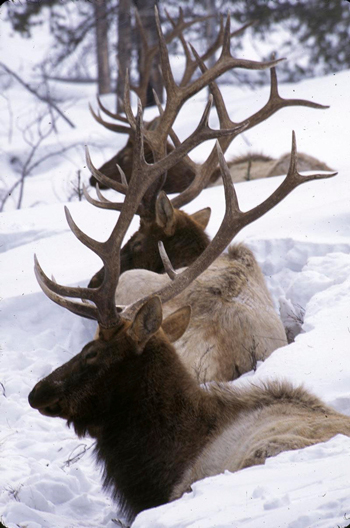
Think about this. Think about people who loved wild places and wild animals, acknowledging that they had lost. That the only way to conserve our connection to wildlife would be through mounted specimens. But there’s one important point to remember, to always remember.
They lost hope, but they kept working anyway.
Yes, they built a museum of wildlife heads. But they also kept pushing wildlife regulations, and pushing protected areas, and pushing the public. When the odds were long, they dug in and kept working. And bit by bit, they started winning. And this is in no small part why the United States has national parks, and national wildlife refuges, and huge flocks of waterfowl overhead.
It’s also a big reason why, unlike in many countries, large wildlife in the United States still roams outside national parks. Black bears sneak around suburbia; wild turkeys number in the millions. Even in our biggest cities, you can find a sea lion or a coyote, a peregrine falcon or a white-tailed deer.
It is why elk are not extinct, not relegated to museums. They roam public lands throughout the West. Thanks to the efforts of the Rocky Mountain Elk Foundation, state fish and wildlife agencies and others, they’re being reintroduced to eastern states too.
I can trace the elk that captured my son’s attention right back to trophy heads in New York City. Yes, improbable.
Save the Plateau
There’s another piece to my elk encounter, though. Conservation is not just big names and big ideas. It is not just the Theodore Roosevelts and Rachel Carsons who make a difference, as important as they are. Oftentimes, it’s a passionate individual with no biological training who shapes the world around them. We have to pay more than lip service to the fact that anyone can make a difference.
We need these stories, too.
The place we watched those elk is known as Hammer Flat. It had long been considered one of the best remaining places in the Boise, Idaho area for wintering mule deer and other species. Deer that spent the summer on public lands migrated long distances to escape harsh winters in this lower-elevation valley.
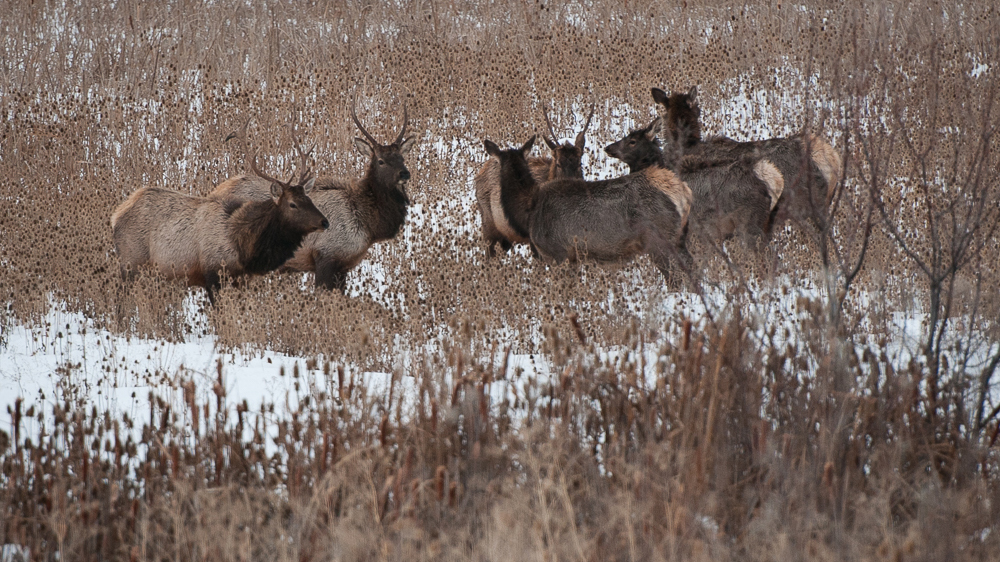
Most of us, I believe, assumed Hammer Flat was public land. It was not. And in the mid-2000s, a very large development was proposed there. Right on top of prime deer and elk habitat.
I viewed it as a travesty, as did many others, but saw the development as inevitable. Then came a soft-spoken man named Anthony Jones. A man who, by his own admission, had very little experience in conservation.
He believed that this flat and its hillsides could indeed be protected, if we just summoned enough people who said so. He began by reaching out to professional conservationists. They’d nod supportively, but later would say the same thing: “I admire his optimism, but that land is going to be developed.”
He rallied neighborhood associations and recreation enthusiasts and Tribal leaders and people who cared about deer and elk. And he got them to attend planning and zoning meetings and city council meetings and county meetings.
Many of us showed up, and spoke, and were ignored. Repeatedly. But Jones did not give up. He wrote editorials and gave out yard signs and put on slide shows. Officials, in turn, accused him of the NIMBY syndrome: Not In My Backyard, as if this is the ultimate insult. But as the poet Wendell Berry has noted, if we can’t protect our backyard, what hope do we have of making a difference in the world?
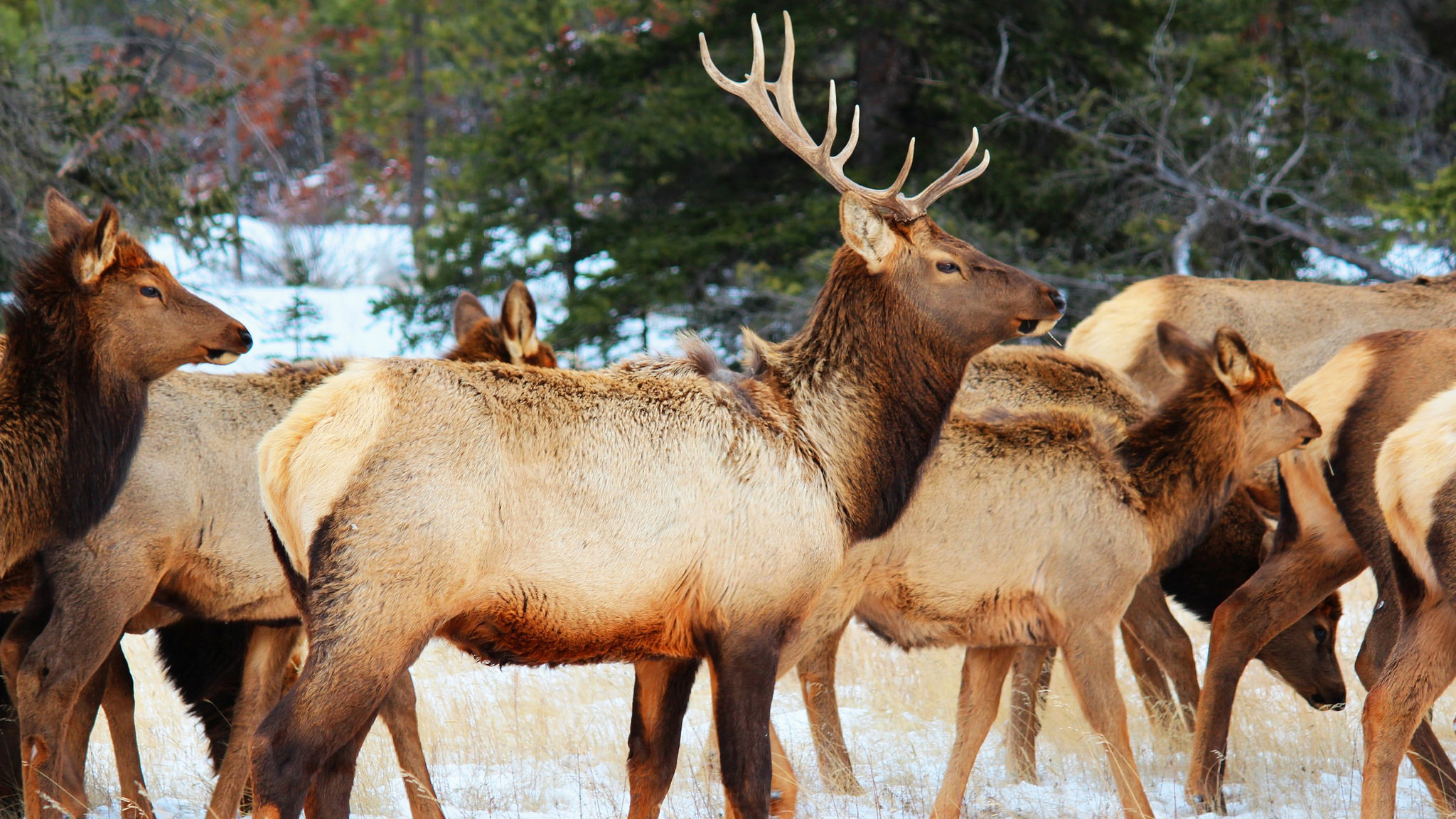
And so the meetings progressed, each one moving the development closer to breaking ground. Jones kept urging advocates forward, offering scenarios that would result in this land’s preservation. I am not sure any of us believed him. But we kept going to the meetings.
I recall one of the final county meetings, though, where Jones gave his most detailed presentation yet, and officials barely acknowledged his arguments. He slumped in his chair, and someone next to me muttered, “He looks defeated.”
He lost hope, but he kept working anyway.
A couple of months later, I ran into Jones downtown. “How’s it going, Tony?” I asked.
“You may want to show up at City Hall at noon tomorrow,” he said, with a grin.

And at that meeting, the City of Boise announced its purchase of Hammer Flat for wildlife and open space. It was purchased with a tax levy fund called the Foothills Levy, itself a wonderful conservation achievement. Citizens of Boise agreed to tax themselves for an open space fund, so that properties like this could be purchased.
It was later transferred to the Idaho Department of Fish and Game. There’s no plaque at Hammer Flat commemorating Tony Jones’ role in saving it. There are no books about him. But I haven’t forgotten.
The reason that I look at elk and mule deer instead of one more sprawling subdivision is in large part due to his quixotic battle. What would happen if we all devoted that much effort to saving our backyard?
Elk in the Sunset
My son continued to stare at the elk as the sun dropped behind the hills and temperature dipped. The animals stood up, some stretching their legs as if shaking off a satisfying nap.
They drifted over the hills, their light rumps shimmering as they passed out of view.
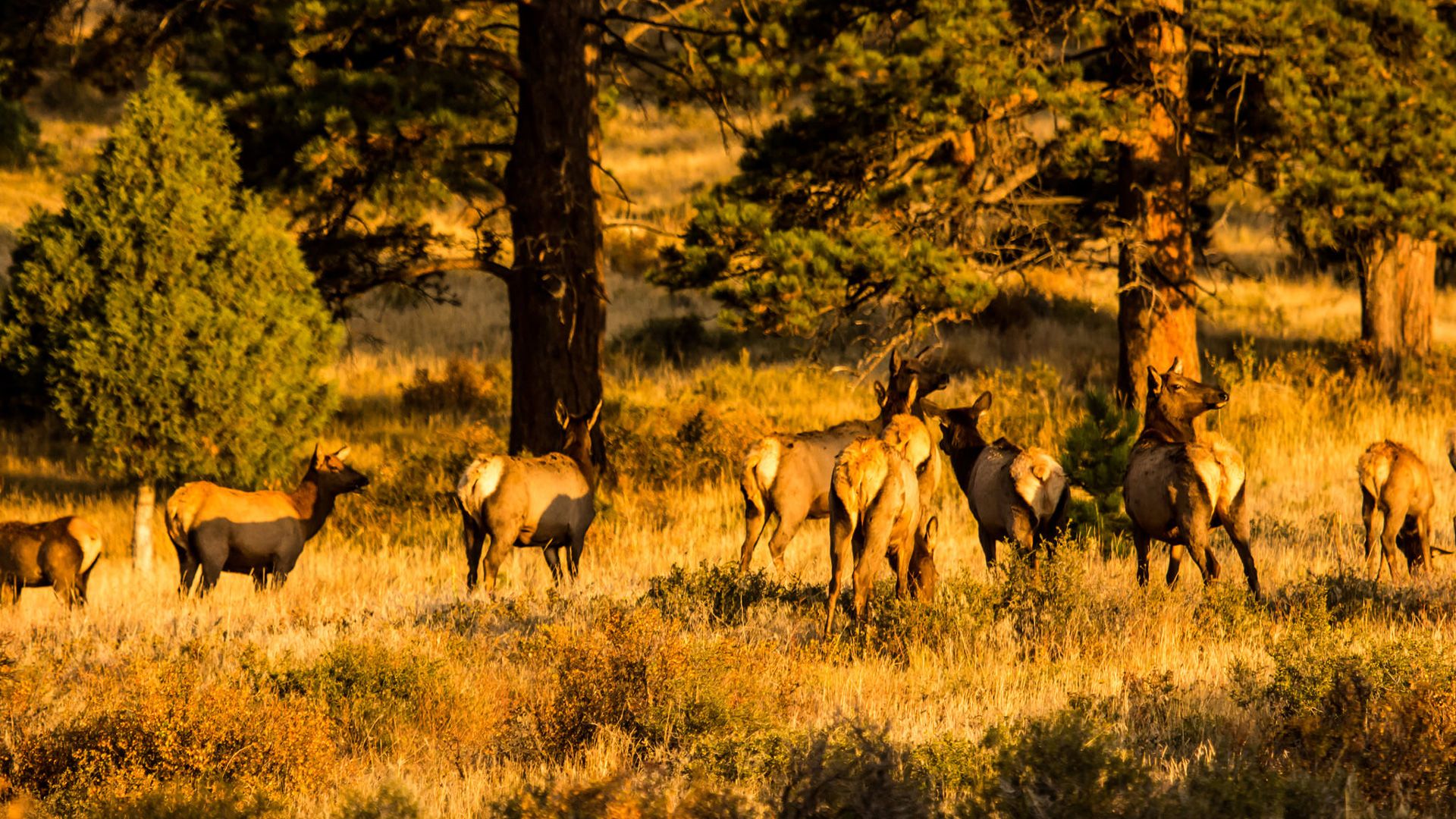
My son pressed his index finger into his palm: his sign language for “More.” His sign that he likes something.
But we can’t follow the elk. It’s time to head home, for real this time. “We will see a lot more elk together,” I say to him. “I promise.”
As I adjust him back into the harness, a raven circling overhead, I hope I can keep that promise. I know, if history and present circumstances are any indication, it won’t be easy. I also know we’ll keep working anyway.
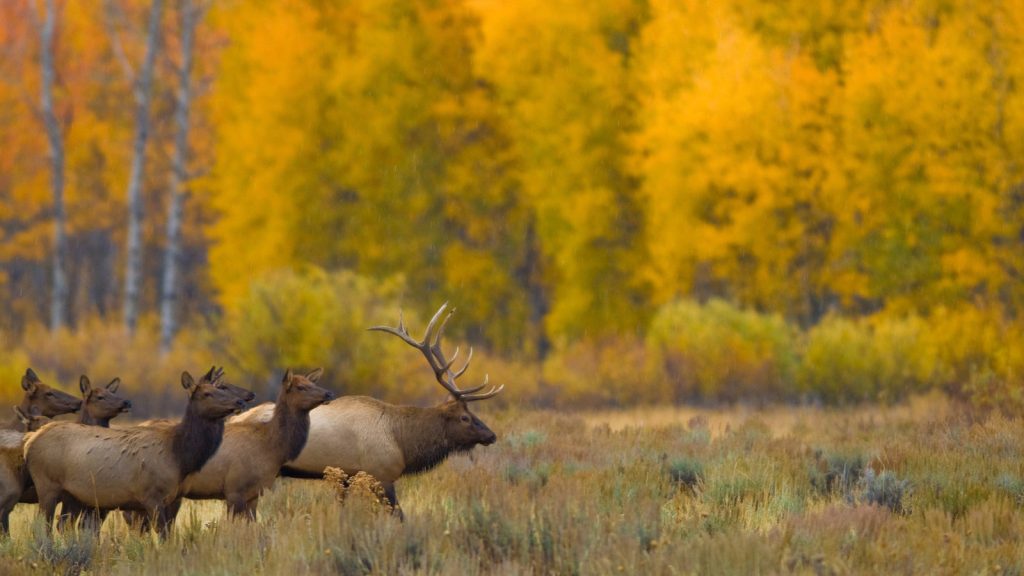



Nice to read a story with an actual happy ending for the animals. Have been following the Yellowstone Buffalo this winter – no happy ending there. I’m sure that many here would disagree with me, but I feel the same about our native wild horses! Frankly, in this century, its time humans opened their eyes and realized that as dominant and intelligent as we believe we are – all these wonderful species of wild animals existed and lived their lives naturally for centuries – WITHOUT US!
Really heart-warming story, Matt – thank you
Matt- this is such a needed dose of home in challenging times. Thank you for your eloquence in stringing this story together.